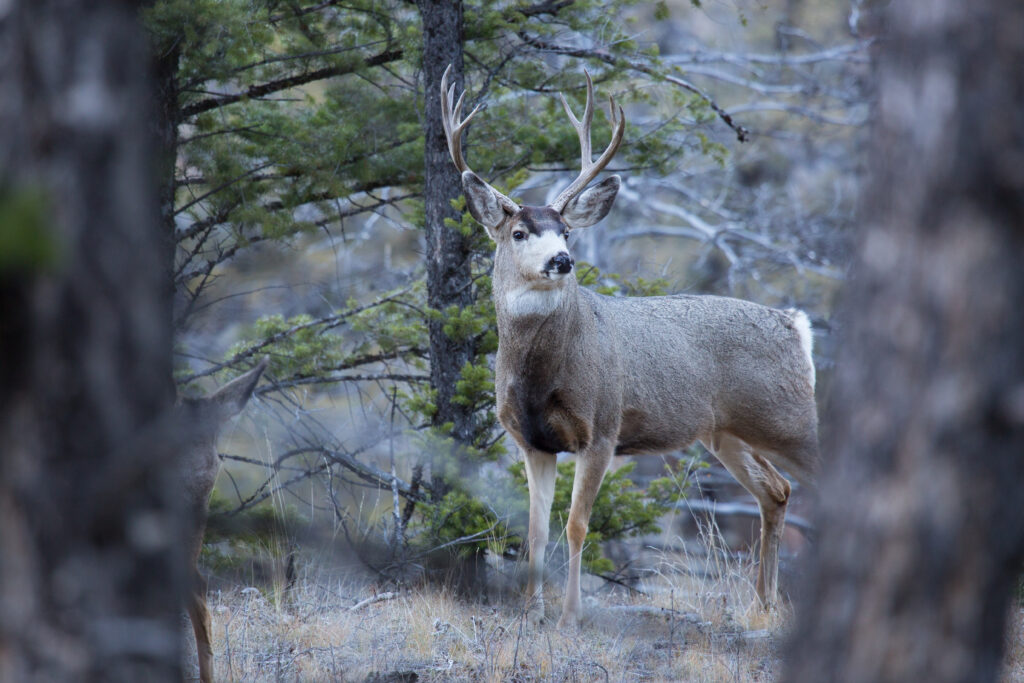Mule deer buck, Garnet Hill Loop. (Image via NPS / Neal Herbert)
Officials with Montana Fish, Wildlife and Parks announced that a white-tailed deer killed near Kalispell tested positive for Chronic Wasting Disease. This is the first instance of CWD detection in a wild animal in hunting district 170, which comprises most of the Flathead Valley.
FWP received reports of a symptomatic buck near the Flathead County Landfill earlier this month and euthanized the animal on Oct. 15. Initial CWD testing returned a positive result and a second follow-up test has been submitted for confirmation, following testing protocol, according to FWP. Agency officials are working with the county to monitor the landfill for additional symptomatic deer on the property.
“Moving forwards it’s going to be critical for hunters to voluntarily submit samples if they harvest an animal in hunting district 170 because we need to figure out the scope of this problem,” said Dillon Tabish, FWP’s information and education specialist for Region 1. “We won’t know unless hunters provide us samples.”
Chronic Wasting Disease affects members of the deer family, including elk, moose, mule deer, and white-tailed deer and is caused by a malformed prion protein. Symptomatic animals can exhibit neurological and behavioral changes and emaciation. The disease always results in death and there is no known cure.
A map showing where positive CWD cases have been found in Montana since 2017. (Montana FWP)
The disease is present in cervid populations in at least 24 states and two Canadian provinces and first appeared in Montana’s wild herds in 2017. A previous detection in the Flathead Valley occurred in 2020 at a captive game farm animal.
So far this year there have only been 10 positive CWD cases out of 213 samples tested in Montana, though with the general hunting season opening Oct. 26, FWP officials hope the number of samples will increase to help the agency monitor the disease across the state.
Testing is voluntary for hunters everywhere in the state except for the Libby CWD Management Area, where approximately 2,000 white-tail deer tags and 13 mule deer permits in the region are subject to mandatory testing requirements due to the prevalence of CWD there.
Tabish said that FWP now has a policy that any hunter whose animal tests positive for CWD will receive replacement tags as long as they turn over the animal’s head.
To submit an animal for testing, hunters can bring their animals to any FWP check stations or regional offices, or harvest a lymph node themselves and drop off or mail in the sample.
There is no known transmission of CWD to humans. However, the Centers for Disease Control and Prevention (CDC) recommends that hunters harvesting a deer, elk, or moose from an area where CWD is known to be present have their animal tested for CWD prior to consuming the meat and do not consume the meat if the animal tests positive.
“Unfortunately now HD 170 is a hunting district with known CWD, so the recommendation is for hunters in that area to get the animals tested before consuming the meat,” Tabish said.
FWP officials urge all Montanans not to feed wildlife, as non-natural food sources can cause animals to congregate, increasing the likelihood of disease transmission. To view additional information about CWD and agency recommendations, visit the FWP website.

